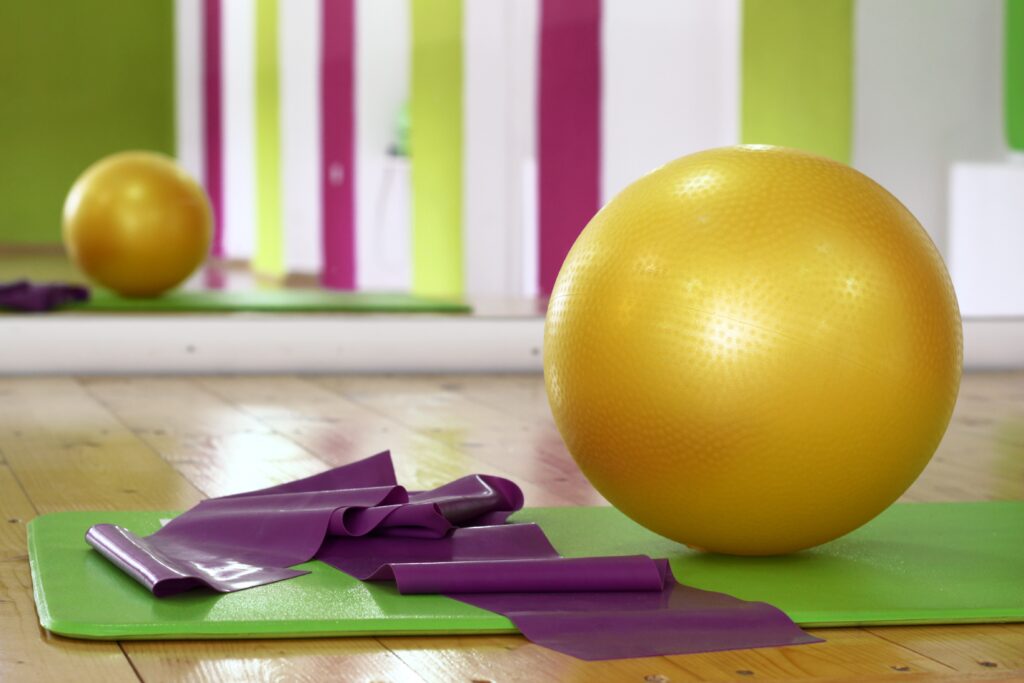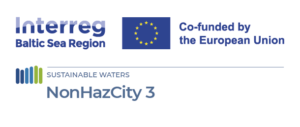Article by Kai Klein, Baltic Environmental Forum Estonia
An important part of a healthy lifestyle is physical activity – sports that we practise more or less on a regular basis. But there are some hidden threats that may hinder the achievement of the envisaged goals. The drawbacks usually are not visible at once as the effects may appear in years.
During exercising our metabolism is accelerated and results in sweating which is a very normal response of our organism. In this process our largest organ – skin – has a tendency to emit but also absorb chemicals more intensively as well. So when exercising in moisture-wicking synthetic clothing and on/ with plastic materials we ourselves increase the possibility of hazardous substances intake.

Especially in soft plastic items many potentially harmful substances are used. Substances such as reprotoxic plasticisers, persistent paraffins or carcinogenic flame retardants can still be found in various articles, also in sport and leisure items. This has been proven recently by the tests made in the frame of LIFE AskREACH project.
In sports we tend to use many different helping equipment – gloves, straps, balls, mats etc. Most of the equipment used is made from plastic. Plastic as we know is made largely from petrochemicals (fossil sources) and to achieve the necessary properties various chemical additives are added. One group of compounds added are plasticisers (e.g. phthalates) which help to make the material softer and more flexible. Flexibility and softness are quite often the features we are looking for in sporting equipment.
For example, yoga mats are quite often made from PVC with additives like phthalates and parabens, containing a high concentration of volatile organic compounds (VOCs), which can cause headaches, nausea and dizziness, nasal irritation, allergic reactions, neurological problems, liver and kidney damage, cancer, and possibly even fertility problems and miscarriage. In order to reduce exposure to these chemicals you could roll out your new yoga mat, open the windows and air it. The better option is to choose a yoga mat made with organic cotton, wool, cork, jute or natural rubber.
We have already heard about the fitness balls (overballs) and yoga mats but hazardous substances can also hide in skipping ropes, pilates airpads, dumbbells and in many other equipment used.
What can we do then to protect ourselves? We can use natural materials whenever possible – skipping ropes made with wooden handles and natural fibre ropes, wooden dumbbells etc. And when no good alternatives are available we can ask from retailers and producers if the product contains substances of very high concern. We have a right to know and by using the app Scan4Chem it is easier to make the request to retailers/ producers.
Another group of sporting equipment is everything connected with water – swimming caps, diving obstacles and equipment, swimming noodles and all different kinds of inflatable rubber animals or other objects.
Quite often when opening the package of the equipment there is a strong chemical smell. This is the first indication that the bought equipment might contain some hazardous substances and that you need to ventilate it substantially. But what is even more important is to think before purchasing these items – do we really need them?
Also in this category developments to use bio-based plastics are researched and consumers are interested in bio-based sports equipment. But as known the bio-based plastics are not always the solution if talking about hazardous substances – the additives added still stay the same.
In conclusion there are hidden threats in sport and leisure equipment we use. Thus we as consumers need to be aware about this possibility and if possible to choose safer alternatives. Above all we need to think before buying! Play safe!
Join the NonHazCity Plastic Diet and reduce plastic in your life!

